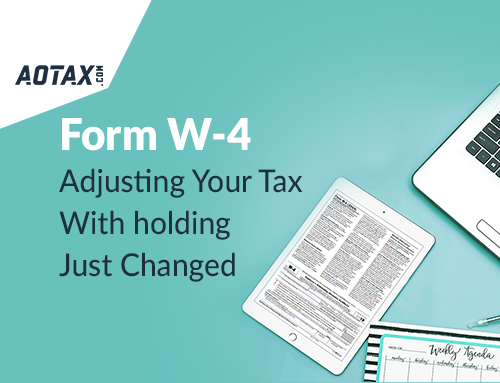
Is it possible to maximize your tax refunds?
Is it possible to maximize your tax refunds?
Mostly, we think that when we have filed for our tax return and finally obtained our tax return brings an end to the entire procedure for the current year. There is nothing more to worry about or think about tax and tax returns throughout the year. However, even after receiving your tax return for the current year you can think about maximizing your tax refunds.
If you are interested in learning about how to maximize your tax refunds for the next year, then you can follow some simple tips. Let us have a look at these tips which can increase your tax refunds in the next year.
1.Deduction of education-related costs
There are numerous costs related to education that are deductible. In case you are the owner of a business or you are employed in an organization, you can try and deduct those education costs which are needed for improving your skills at the workplace. If you have an income that is less than $80,000 then you might be able to take up tuition and the fee deduction would amount up to $4,000 for the tuition, fees, and books. For instance, if you and your family members are together pursuing a degree then you can take up an American Opportunity Tax Credit which is a maximum annual credit of $2,500 for each student provided your income is less than $90,000 and is less than $180,000 for married couples who would be filing tax jointly.
2.Deduction of expenses incurred in job-hunting
There are various costs associated with job hunting which can be reduced such as deduction of the cost incurred during travel for jobs, meals and telephone calls associated with job search, preparation of a resume, career counseling, payment made to employment agencies, etc. These expenses account for almost 2% of your annual income even if you are not going to change your job anytime soon in the future. But, if it is your search or hunt for your first job then the expenses are unavoidable.
3.Take deductions available for business owners
When you are the owner of a business, you should keep a track of the business expenses and avail deductions that are available. Expenses like business dinners, mileage of the car, use of a computer, appointments, etc. can be used to increase your deductions available. You can also motivate your children to work in your business along with you. You can pay those wages for their jobs and as a result, they will not have to pay different varieties of taxes like other employees working with you.
1.Making investments in future
You should start investing in various plans such as 401(k), IRA, tax-advantaged avenues, employee stock purchase plans, etc. You should start contributing to these avenues as much as you can. If you are making smaller contributions now it would be helpful rather than making huge contributions at a time which is quite nearer to your retirement. By doing this now, you are saving now and also taking an initiative towards boosting your wealth also. This extra compounding will help increase your corpus for retirement.
2.Your own home
Your tax refund can have a remarkable increase in the mortgage interest and property tax deductions. When you are purchasing your house, you must check the settlement statement of your house properly and find out the deductible items. In your closing statement, you can find out different deductible items such as property taxes, prepaid interest, points, etc. When you are acquiring your own house, those points that are paid are deductible during that year. If there are any points paid for the refinancing of the loan, then they should be written off over the loan’s length. Again if you are refinancing, you must not forget to write off the remaining points from the previous loan.
3.Charity
Charity can also get you some tax deductions such as donating clothes, household goods, linen, sports items, etc. Donation of books and magazines made to the library can also get you tax deductions. You can make a note of the donated items and can deduct these at the time of tax filing.
Hence, tax refunds can be maximized by carefully keeping a note of the various deductibles that are available and those that have been availed by you. You can, later on, use these to maximize tax returns at the time of tax filing.









Recent Comments